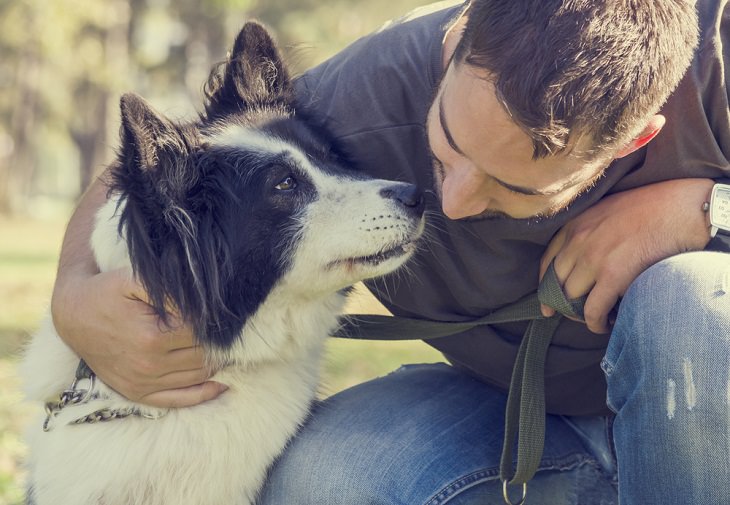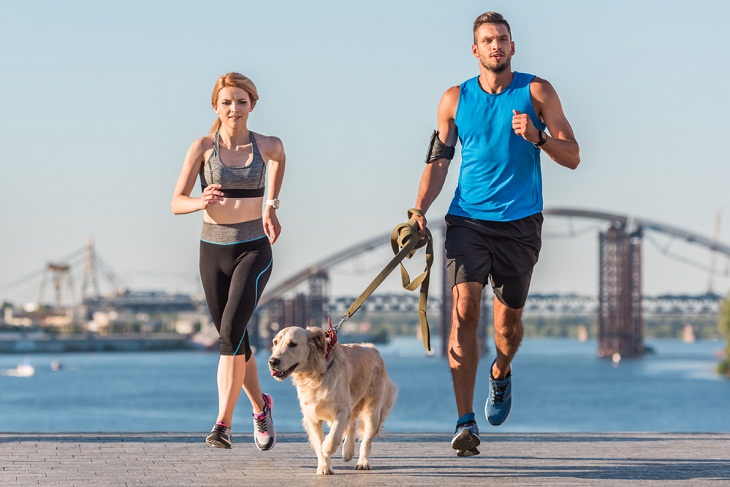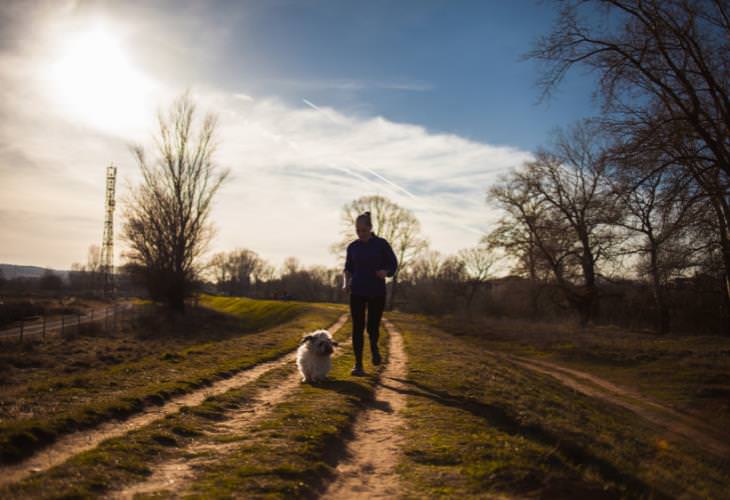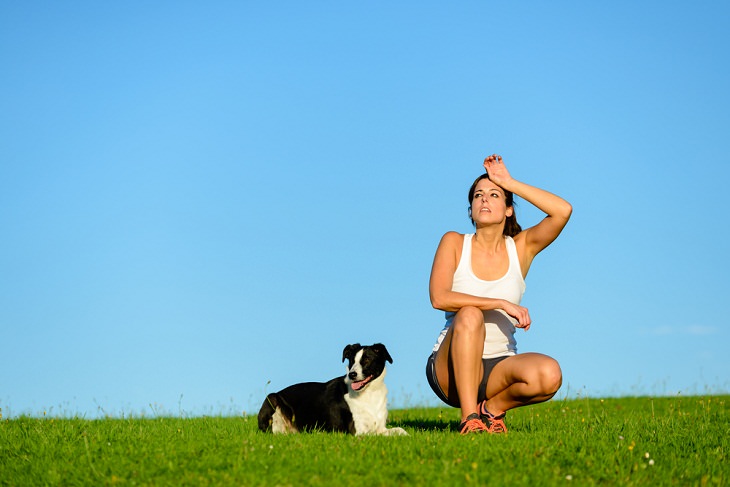There is an old saying: "A tired dog is a happy dog." Whoever said this was spot on. Just like humans, dogs, too, need a healthy balance of physical and mental stimulation to keep them happy and stable. Leading vets have said that dogs that don’t receive sufficient stimulation for their bodies and their brains might become restless, irritable, aggressive, and hard to train.
Physical exercise is, therefore, vital for dogs, and the activity you choose is equally crucial. Experts say that running with your dog is a great way to keep both you and your pet in great shape.
That being said, you can’t simply wake up tomorrow and take your four-legged buddy to the local park for a run. You need to consider a few things before taking that step. These tips on how to safely start running with your dog might help.
1. Consider if your dog is capable of running with you
Before doing anything, you first need to determine if your dog is capable of running with you. Remember, all dogs are different. You have to take into account your canine friend’s age, breed, temperament, energy level, and overall health before going for a run with them. A dog that is hyperactive 18 hours a day, for example, won’t be satisfied sitting inside the house all day and would need a good daily run. Also, some dog breeds, like bulldogs and pugs, can only run short distances before they will struggle to breathe. Even breeds that appear well-suited for running may not enjoy it if they are older. Small dogs, extra-large dogs, dogs with short snouts (called brachycephalic dogs) might not be cut out to be your running partner as well.
Another thing worth taking note of is that running is generally not considered a safe activity for puppies since their bones are still growing. The American Kennel Club recommends waiting until a dog is about 1.5 years old before taking them running.
Take your dog to the veterinarian for a physical checkup to make sure that they can take part in this activity.
2. Plan a route
When it comes to running with your dog, it’s best to plan your route in advance. You will first need to think about how far you want to go and the kind of paths you would follow. Again consider your pooch’s breed, age, temperament, and current fitness level before deciding on this.
Start with short routes and then gradually extend them. Avoid roads and busy areas as much as possible and look for parks or wide tracks with an even surface. The surface you run on also matters as different surfaces present different challenges to dogs. Experts say that dirt trails and grass are the safest followed by sand and pavement.
3. Make a pre-run checklist
Before you head out with your dog, make a pre-run checklist to ensure that they’re safe and enjoy running with you. Here are a few things you should do:
* Take a water bottle on your walks and offer it to your pooch regularly.
* Check your dog’s harness and make sure you are using one that fits the animal perfectly. Try it on your dog ahead of your run to check that it’s secure and is comfortable for the dog. Ideally, a harness and canvas leash is good for running on park paths and trails as there are more chances for sudden distractions there.
* Don’t overexert your dog and make sure you give them frequent breaks to allow them time to recharge and enjoy the surroundings.
* Always carry a small first aid kit and plenty of poop bags when you go running with your dog.
* If your dog begins panting or is lagging behind you during the run, then don’t push them. Stop and let them rest. If they continue looking tired, it's a sign that maybe they have had enough already and it’s time to take them home.
4. Walk before you run
It’s important to start this activity by taking it slowly at first and then steadily building it up with time. Both you and your four-legged friend should first be comfortable with the chosen route and walking that area for a couple of days would help to get used to it. Once the two of you can walk the entire route without stopping or feeling uncomfortable for any reason, you can gradually move on to jogging.
5. Use speed cues
Using some commands or speed cues when you’re out for a walk with your dog will allow you to make faster movements. Cues like “let’s go” will tell them it’s time to move on and get walking while something like “this way” can be used to make a turn when coming to an intersection. Cues like “get running” or “move it” can be used to tell your dog to pick up the pace if it slows down and “whoa” if it’s going too fast.
For direction cues, it’s always best to let them watch your body and read which direction you are going. For most of the other uncomplicated cues, just give the commands right before you increase your speed and then reward them with a few treats when they hurry to catch up.
6. Be mindful of the weather conditions
Dogs aren’t equipped to handle heat and humidity as well as we are. The best temperature for running with your dog is between 40 degrees and 65 degrees F (4.4 and 18.3 degrees C). Any higher than that, and it can become unsafe for your dog. Ideally, you should avoid keeping your dog outside for an extended period of time during the summer months.
Share this post with other dog owners you know...






